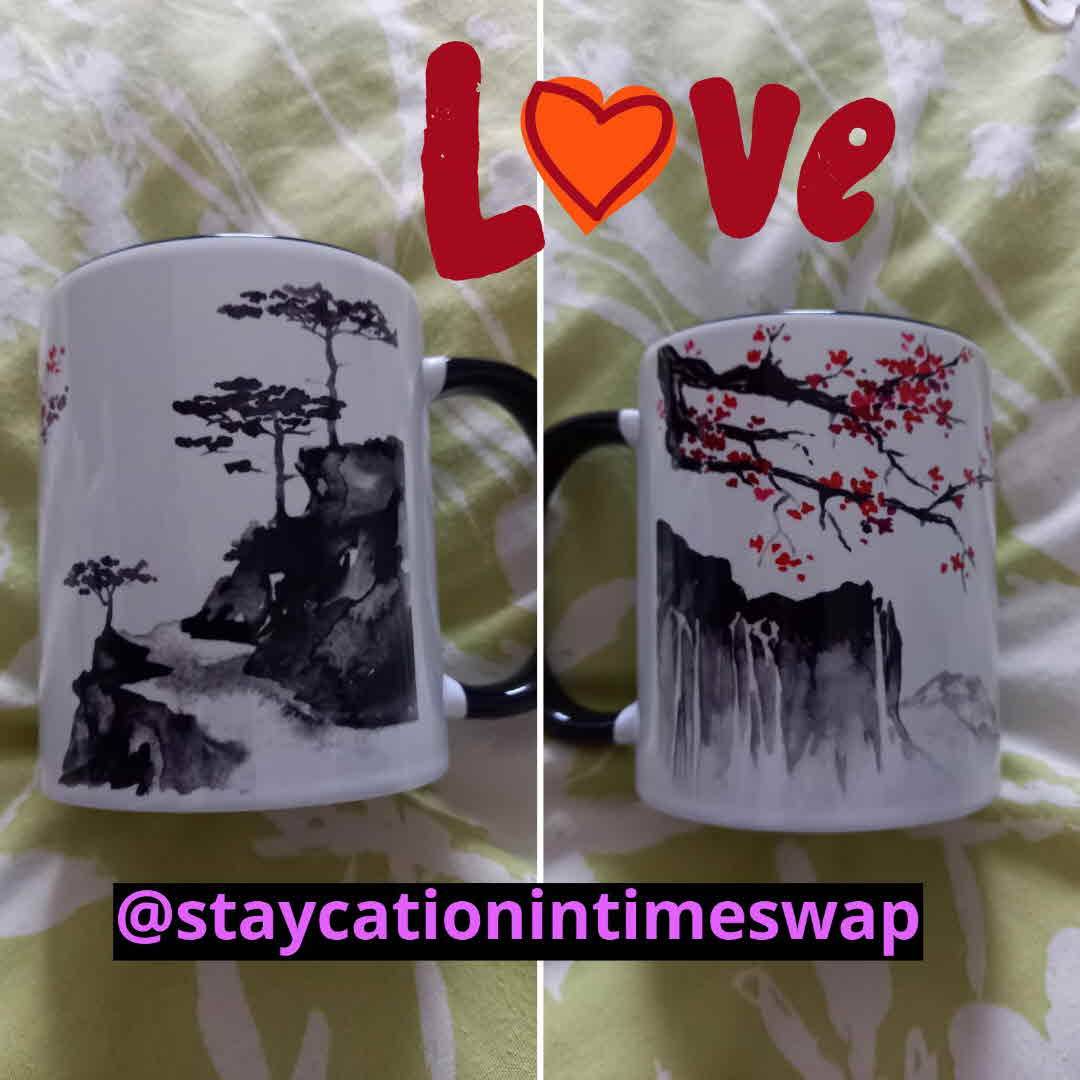
2/2 This got its own post because it is my absolute favourite @Deifio I don't really know what to say you made me cry with such a thoughtful gift, Thank you ❤
#staycationintimeswap

2/2 This got its own post because it is my absolute favourite @Deifio I don't really know what to say you made me cry with such a thoughtful gift, Thank you ❤
#staycationintimeswap

In little more than a generation, Japan‘s leaders had quietly and imperceptibly transformed the symbolic meaning of the cherry blossom—flowers of peace for more than 2,000 years—into flowers of mass destruction.
(Internet photo of a plane used by kamikaze pilots. Note the sakura—cherry blossom—symbol next to the call letters.)
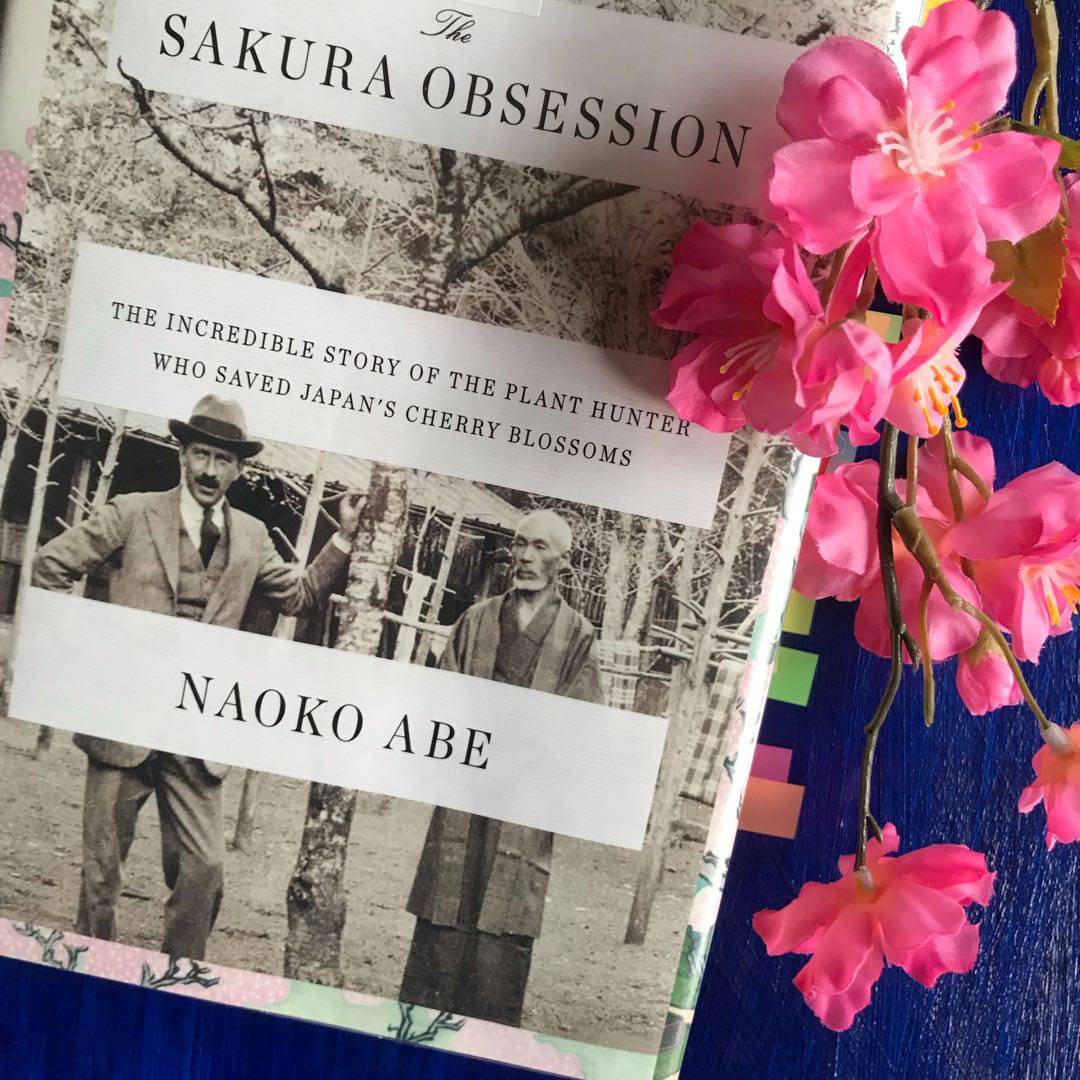
A unique combination of biography, & the history & Japanese social culture of flowering cherries. Collingwood Ingram grew up in an eccentric English family with 12 albino birds & 35 dogs. His passion for cherry blossoms kept me reading, plus how a single variety came to dominate Japanese cityscapes, even though: “Neither a flower nor a society can evolve with richness & vitality if everything & everyone is the same.” #Translation by the author.

Near the village of Neo, Japan is one of the oldest cherry trees in the world. Author Naoko Abe writes about the extraordinary efforts made over the years to keep this tree alive for over 1,500 years. In 1948 a team of 74 workers “replaced 238 of the tree‘s roots, which were infested with white ants, with younger ones from other trees, in effect sustaining the elderly tree with young root grafts.”
(Internet photo)
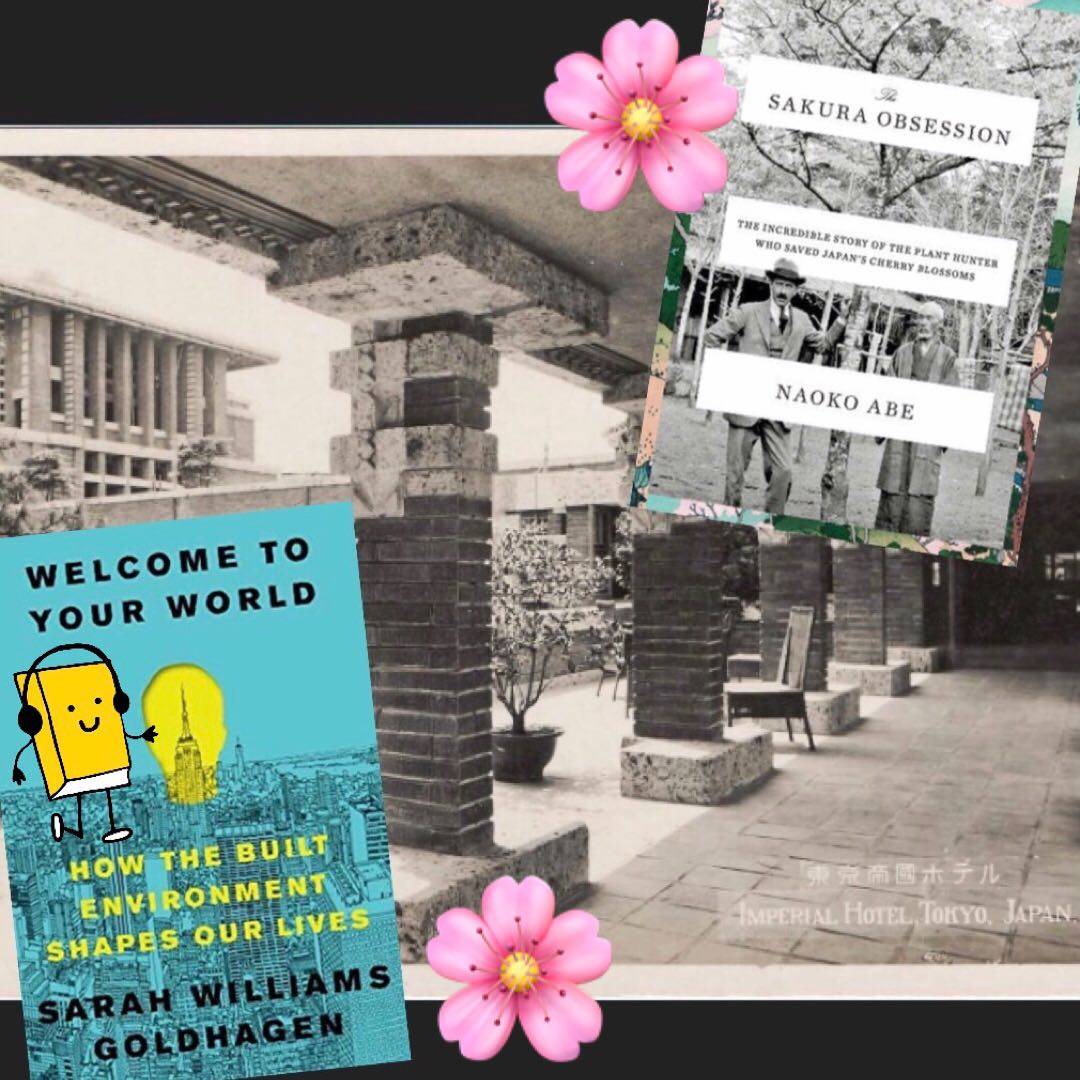
...that serendipity when your audiobook and your print book both mention the same thing: in this case, Frank Lloyd Wright‘s designs for the Imperial Hotel in Tokyo.
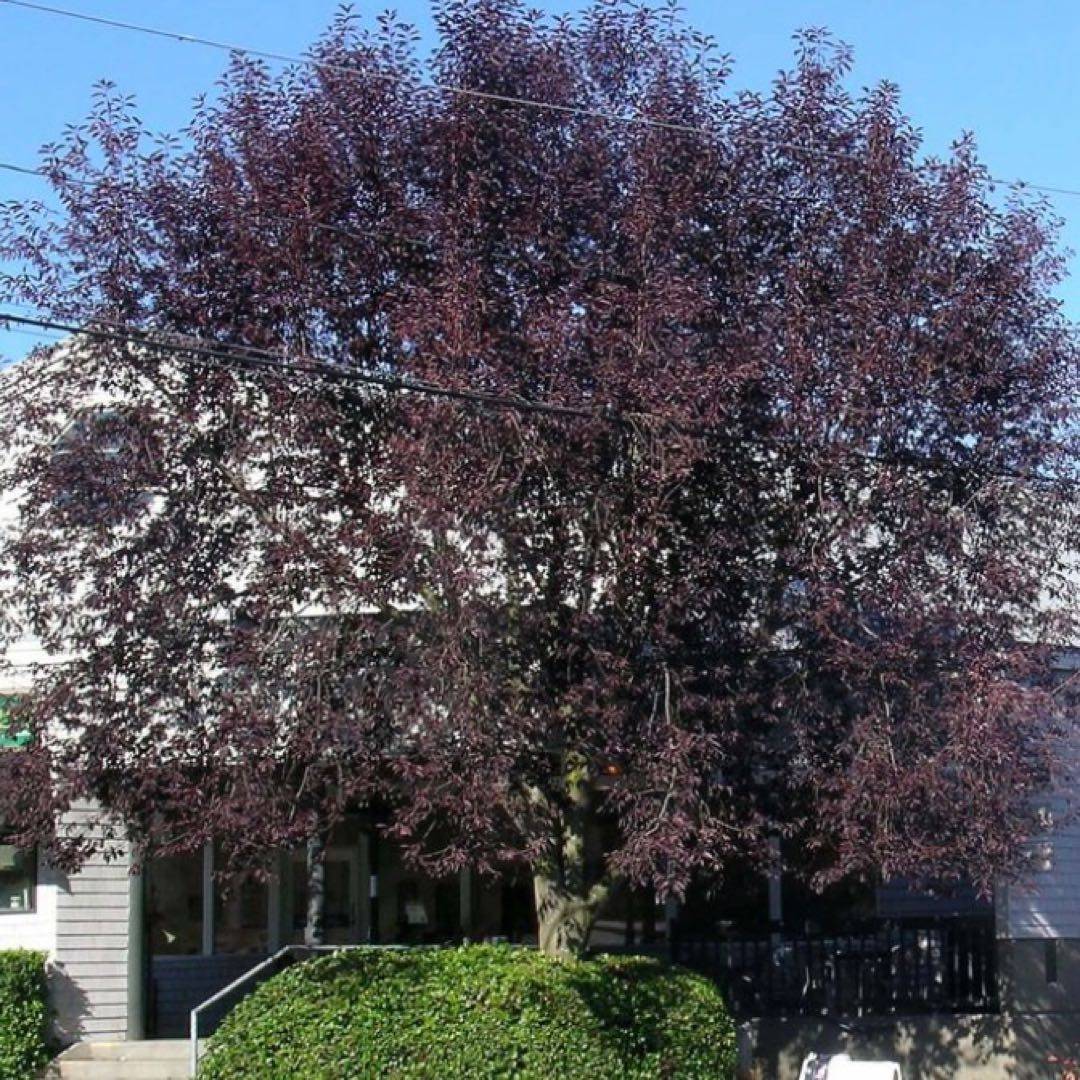
In this book about flowering cherries, some varieties are sniffed at, like the Kanzan, which is considered vulgar and garish by connoisseurs. I love reading about people‘s passions for & against plants because I have my own strong feelings. For example, Schubert chokecherries (photo above) are popular in Edmonton and I think their dark leaves are hideous and funereal, especially when planted in a row against a dark brick building.
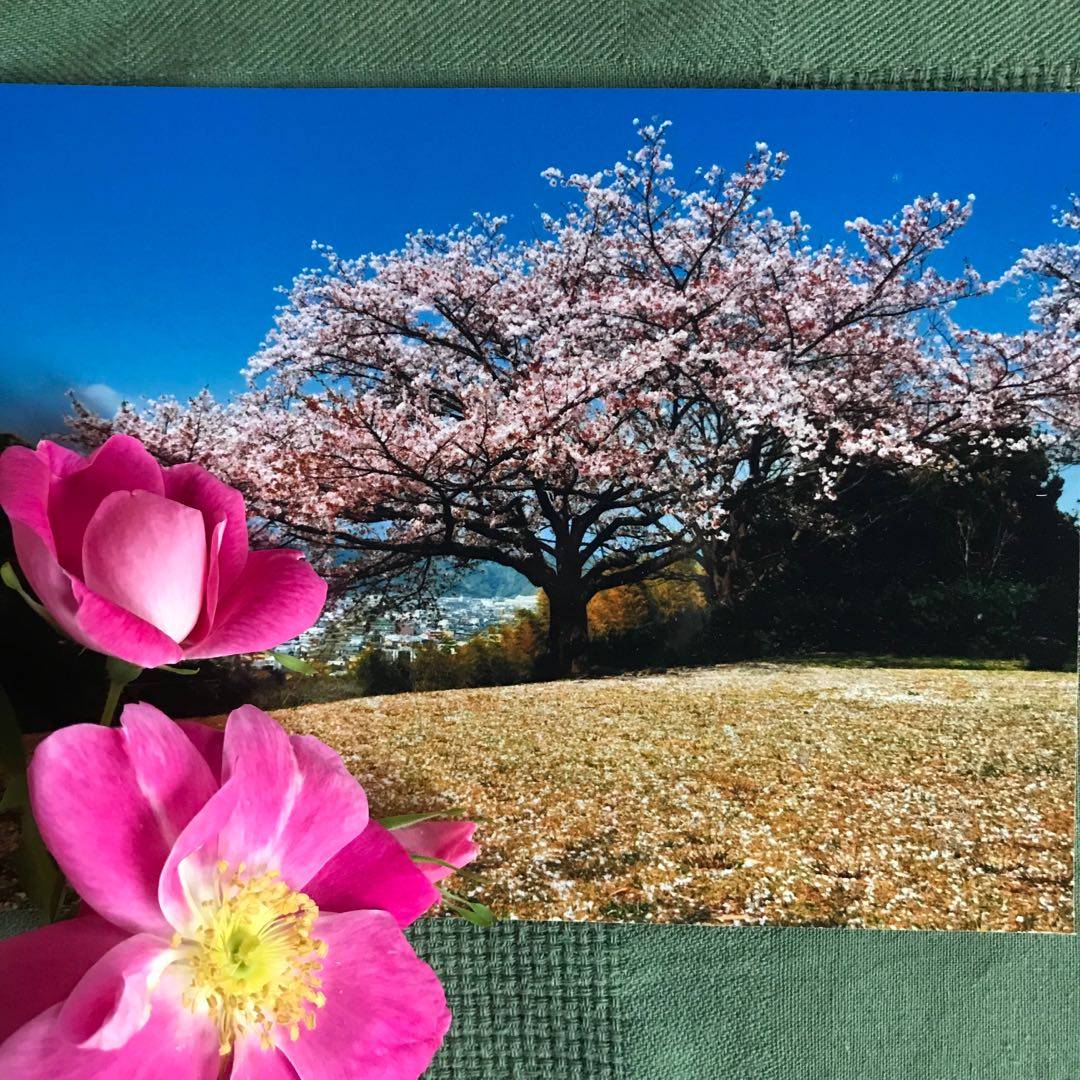
Inazō Nitobe lambasted the English rose for its hidden thorns, showy colours, heavy scent and the tenacity with which it clung to life: “All these traits are so unlike our flower, which carries no dagger or poison under its beauty, which is ever ready to depart life at the call of nature, whose colours are never gorgeous, and whose light fragrance never palls.”

Let me die
Underneath the blossoms
In the spring
Around the day
Of the full moon
-Saigyō, 1118-1190
(Image: Fuji from Goten-yama on the Tokaido Highway, Katsushika Hokusai)
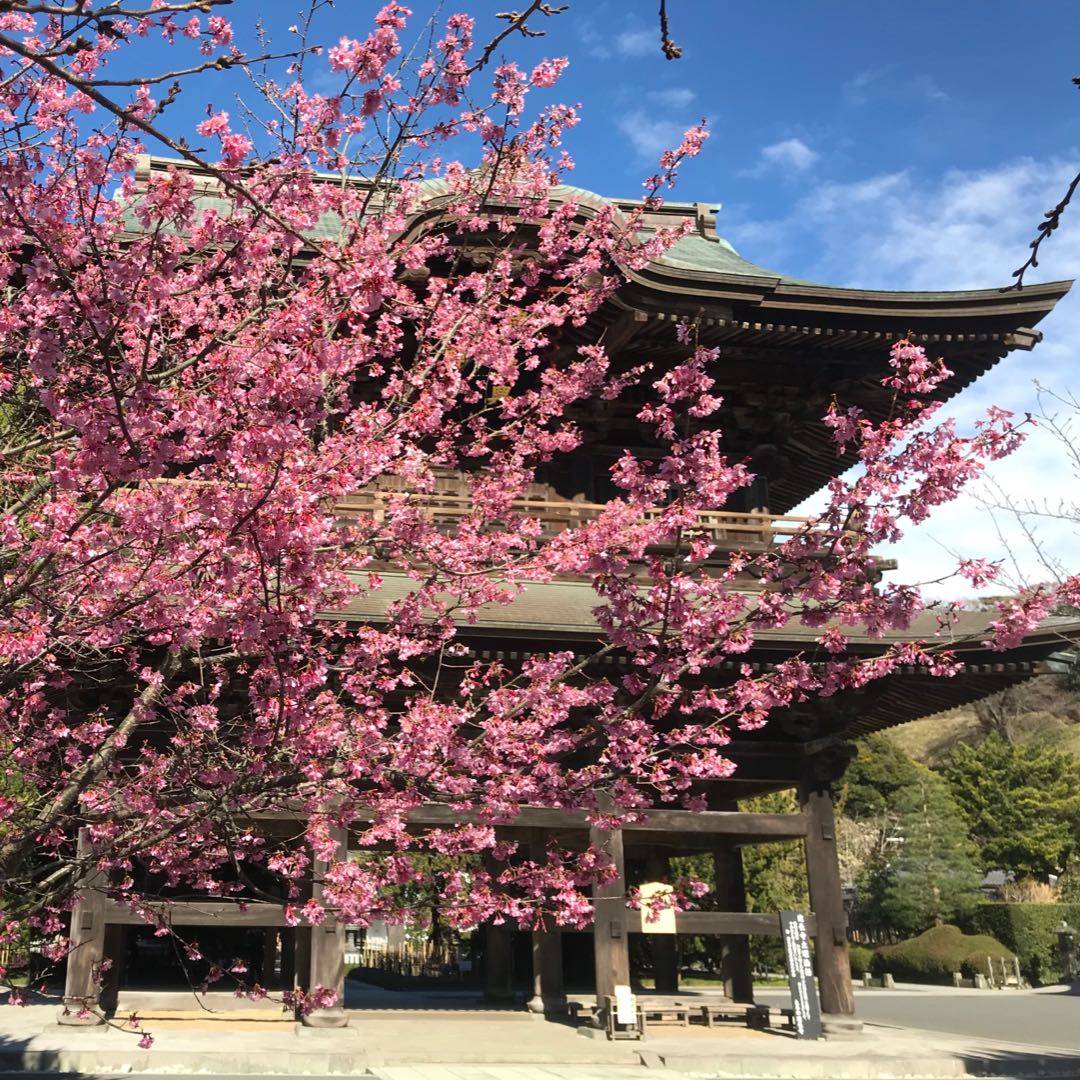
Lafcadio Hearn‘s writings caught public imagination in the West & helped to wipe out the prejudice that cherries should bear edible fruit: “Why should the trees be so lovely in Japan? With us, a plum or cherry tree in flower is not an astonishing sight; but here it is a miracle of beauty so bewildering that, however much you have previously read about it, the real spectacle strikes you dumb. You see no leaves, only one great filmy mist of petals.”
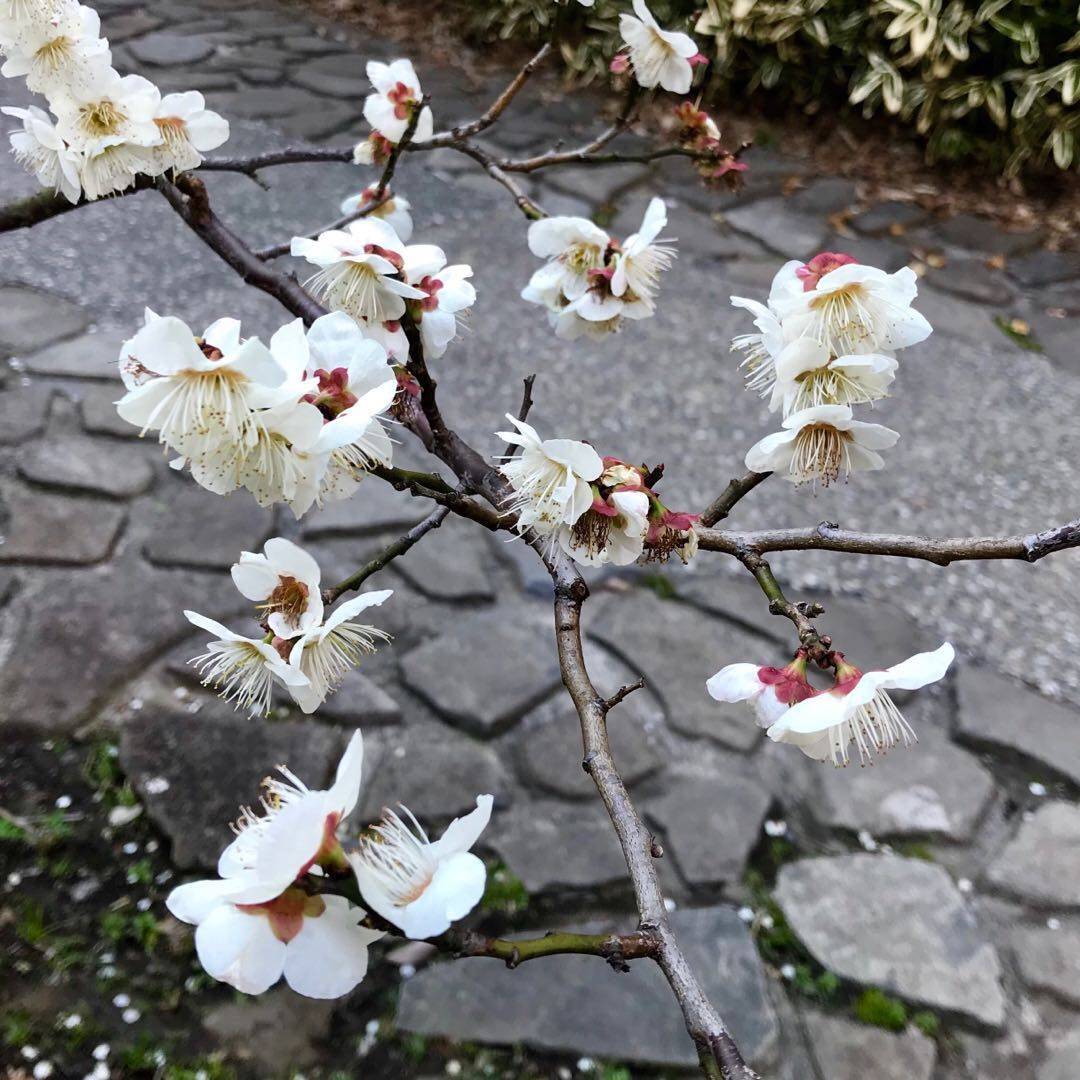
If someone asked
What is the spirit of a true Japanese?
I would say it is the Yama-zakura blossoms
Shining in the morning sun.
—Norinaga Motoori
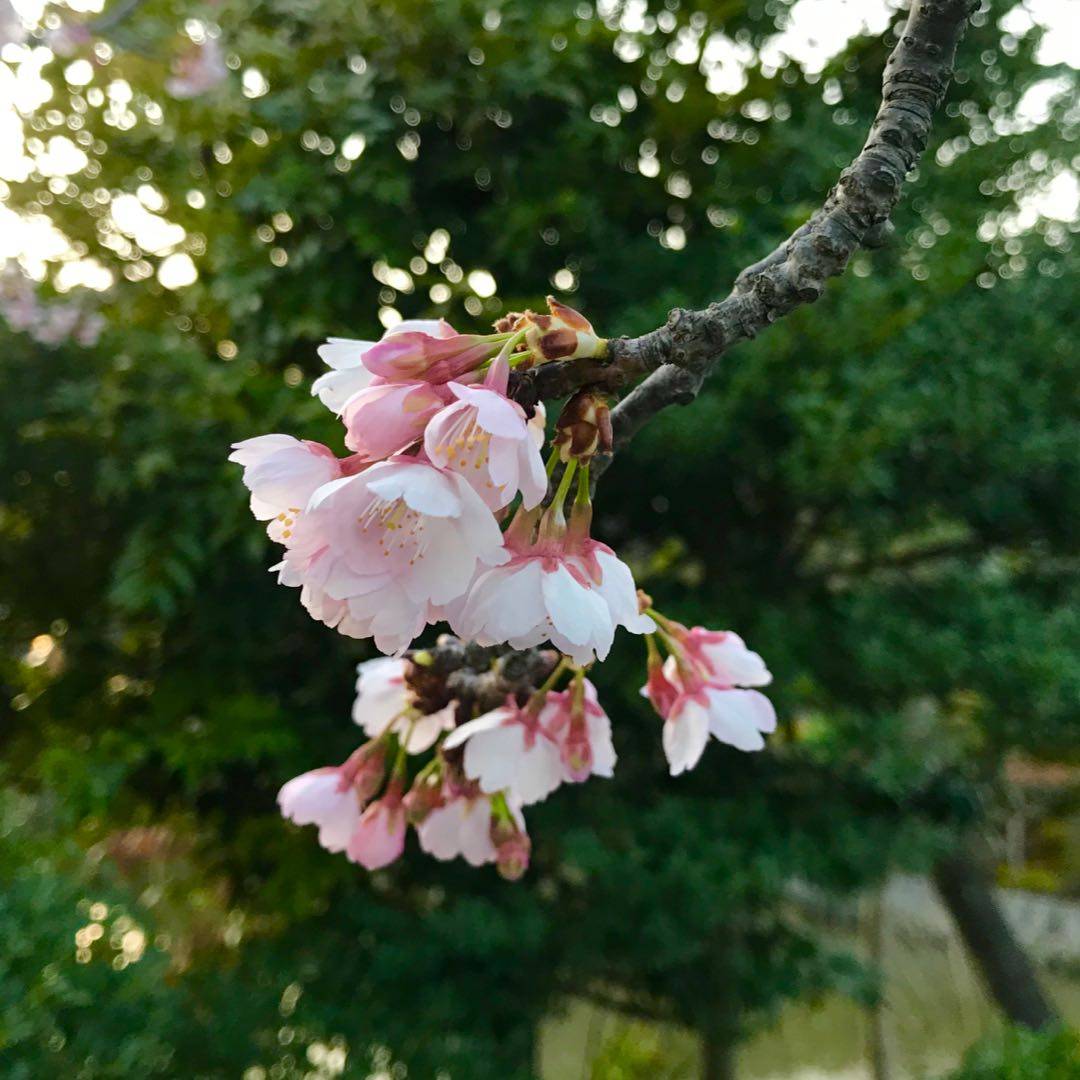
In The Tale of Genji, cherries were portrayed as symbols of youth, love, romance and contentment, even as the novel‘s main characters lamented the flowers‘ ephemeral beauty. #Genji